The circuit presented in your figure is a full hybrid-pi model, using that model it is possible to find the output of the MOSFET at the drain for a given input. That relation, in a linear circuit, can be represented as a transfer function, which will make all the terms that depend on derivatives and integrals of time become either \$ s \$ (for derivatives) or \$ \frac{1}{s} \$ for integrals (instead of calculus you can use algebra for the output/input relation).
With all the parameter in the model and using KCL he rearranges the equation for node Y into isolating \$V_X\$, which he substitute in the equation for node X, giving a equation with \$V_{out}\$ and \$V_{Thev}\$ (his input to the gate). He then rearenges the formula from 11.69 to 11.70, but, to avoid a huge formula he separates the terms for the characteristic equation. The roots of this equation are the poles of your system, and they give you the modes for it (the responses you can get from a pulse, impulse, sine and so on).
The trick or "insight" the author gives is representing the characteristic equation as the product of its roots (poles) and then supposing one of the poles is ways smaller than the other \$\omega_{p_2} << \omega_{p_1}\$. That being said the term \$b\$ is used as approximate to this large pole \$ \omega_{p_1}\$.
The reason for approximating this pole, and not bother finding the other, must be that the other occurs at very high frequencies (I suppose >100 kHz), while this larger pole occurs in the range of frequencies that the MOSFET is supposed to operate.


